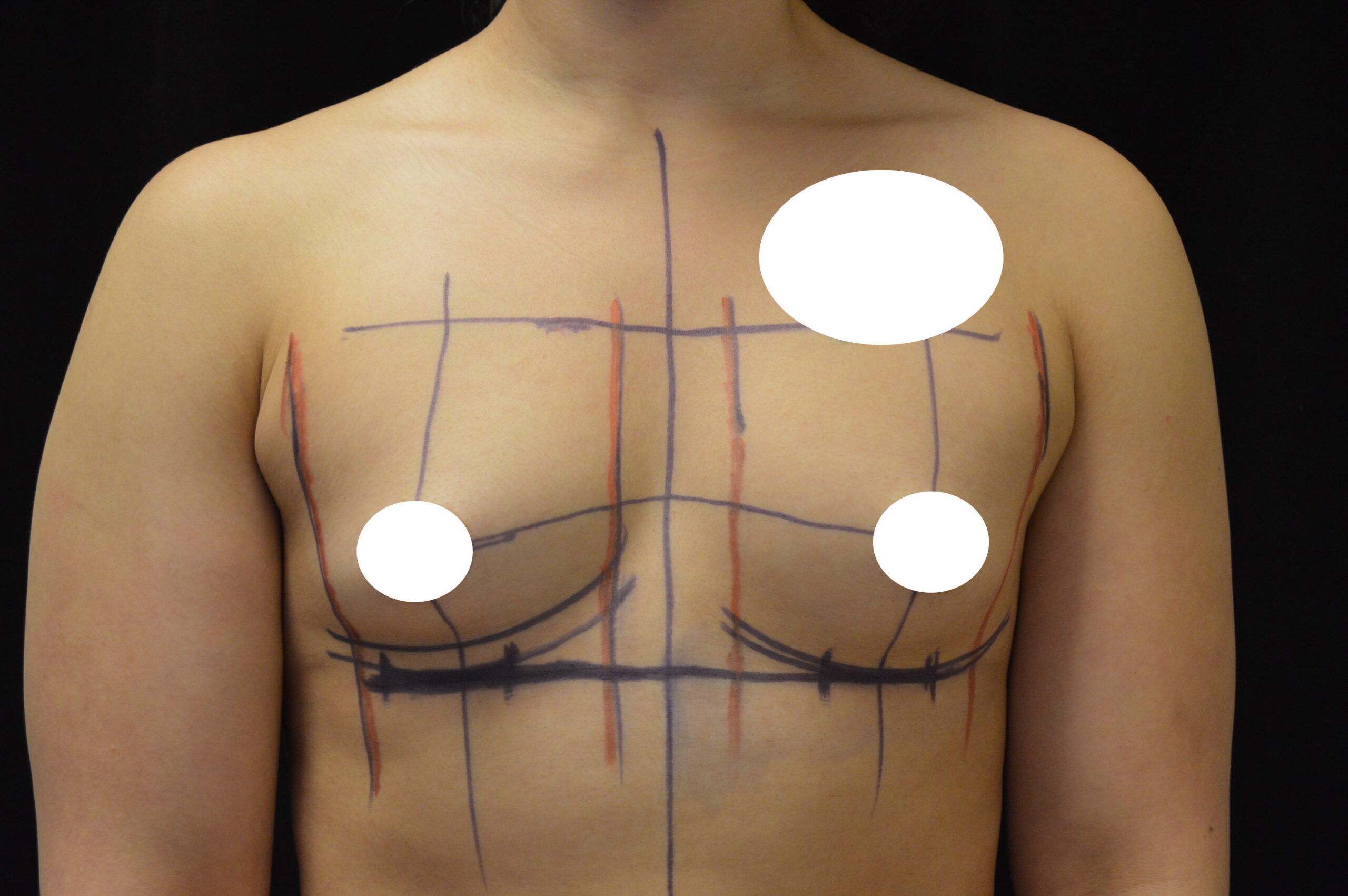 Whenever we physicians, attend a plastic surgery meeting, we’re on the lookout for new techniques. Often there is live surgery focusing on the latest in breast augmentation. However, when a doctor is demonstrating their technique, they demonstrate on a perfectly symmetrical patient. The breasts are symmetrical. The inframammary folds are in the ideal position. There’s no droop or ptosis. Here, we’ll discuss a more complex patient. A patient more like the majority of women’s breast out there – not perfect!
Whenever we physicians, attend a plastic surgery meeting, we’re on the lookout for new techniques. Often there is live surgery focusing on the latest in breast augmentation. However, when a doctor is demonstrating their technique, they demonstrate on a perfectly symmetrical patient. The breasts are symmetrical. The inframammary folds are in the ideal position. There’s no droop or ptosis. Here, we’ll discuss a more complex patient. A patient more like the majority of women’s breast out there – not perfect!
Why do you need to lower the inframammary fold?
A patient with small breasts will have a short distance from the nipple to the inframammary fold. If the surgeon places the incision within the existing fold, the scar will move upwards onto the breast when enlarged with the implants. That’s why it’s necessary to lower the fold to a new position. The incision will still move upwards as the breast is inflated but it will move upwards to the new concealed fold.
The trick is, where do you put the new fold. There are various techniques that vary depending on the size of the implants. As you can see in the way the patient is marked below in the video, I mark the fold so that 50% of implant is above and 50% below the nipple with the patients arms raised. I know this may sound confusing but it makes perfect sense. If you know where the lower 50% of the implant will be “sitting” in the breast, you make the new fold, and incision, just below the lower edge of the implant.

In the video below, you’ll see how the incision would rise inappropriately on the breast if placed within the preop fold. Because the incision was intentionally placed lower, it’s now well hidden in the new inframammary fold.
Video lowering the inframammary fold
To check pricing on breast augmentation from a doctor near you, click here.




